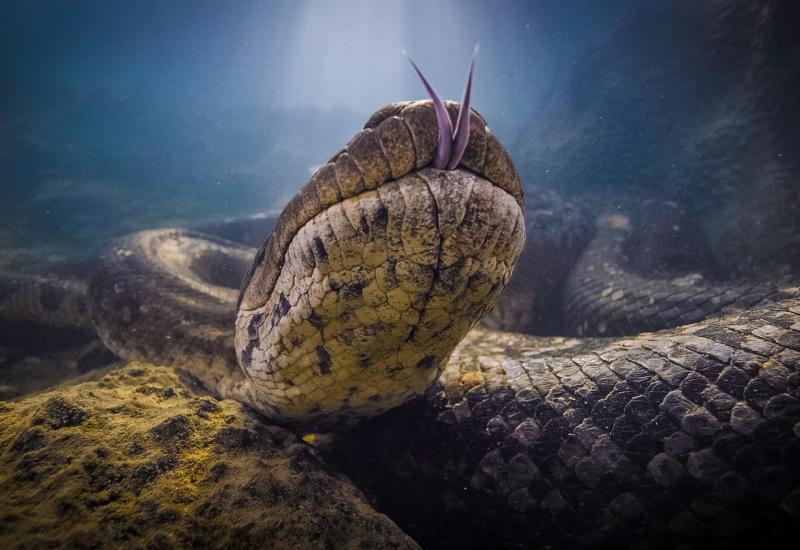Giant, 400-Year-Old Coral Found in Great Barrier Reef

Woody SparkThe Indigenous people of Palm Island have named it Muga dhambi, or "Big coral."
A massive, 400-year-old coral head was recently discovered in the Great Barrier Reef near Orpheus Island off Queensland, Australia.
A group of citizen scientists led by marine scientist Adam Smith came across the tan coral head while snorkeling in the remote, highly-protected marine area. Initially, they thought it was a boulder on the ocean floor, but analysis have confirmed it is, in fact, a coral.
“We were having an explore and the water was very flat,” Smith tells The Straits Times. “We had heard there were some big corals in the area and we went to have a look. It ended up being a massive coral. My first thought was that it was big and that it was beautiful.”
It is one of the largest and oldest specimens discovered within the Great Barrier Reef system. It’s estimated to be between 421 and 438 years old, and measures about 17 feet tall and 34 feet wide (nearly 8 feet wider than any other coral found in the reef). The local Manbarra people, have named the structure Muga dhambi, or “big coral”.
Smith says the age and size of Muga dhambi is “mind-blowing” because it shows it has successfully withstood up to 80 tropical cyclones, almost 100 coral bleaching events and centuries of human impact and declining nearshore water quality. It may give scientists insights into climate and ocean condition changes.
"There is real concern for corals in the [Great Barrier Reef] due to many impacts, including climate change, declining water quality, overfishing and coastal development,” according to a Smith writes in a paper about the coral recently published in Nature. “This field note provides… information of a rare coral that can be monitored, appreciated, potentially restored and hopefully inspire future generations to care more for our reefs and culture."
Although the giant coral did not show signs of bleaching or disease, the top portion of the structure has died; it is now covered with various types of sponges and algae. Human debris including rope and concrete blocks was also found at the base of the coral.
Despite this, the coral is holding up exceptionally well, says Smith, especially considering that the Great Barrier Reef has lost about 50 percent of its coral cover in the past 30 years.
“It has either been lucky or resilient,” he says. Either way, “it is big and healthy… A beacon of hope.”










